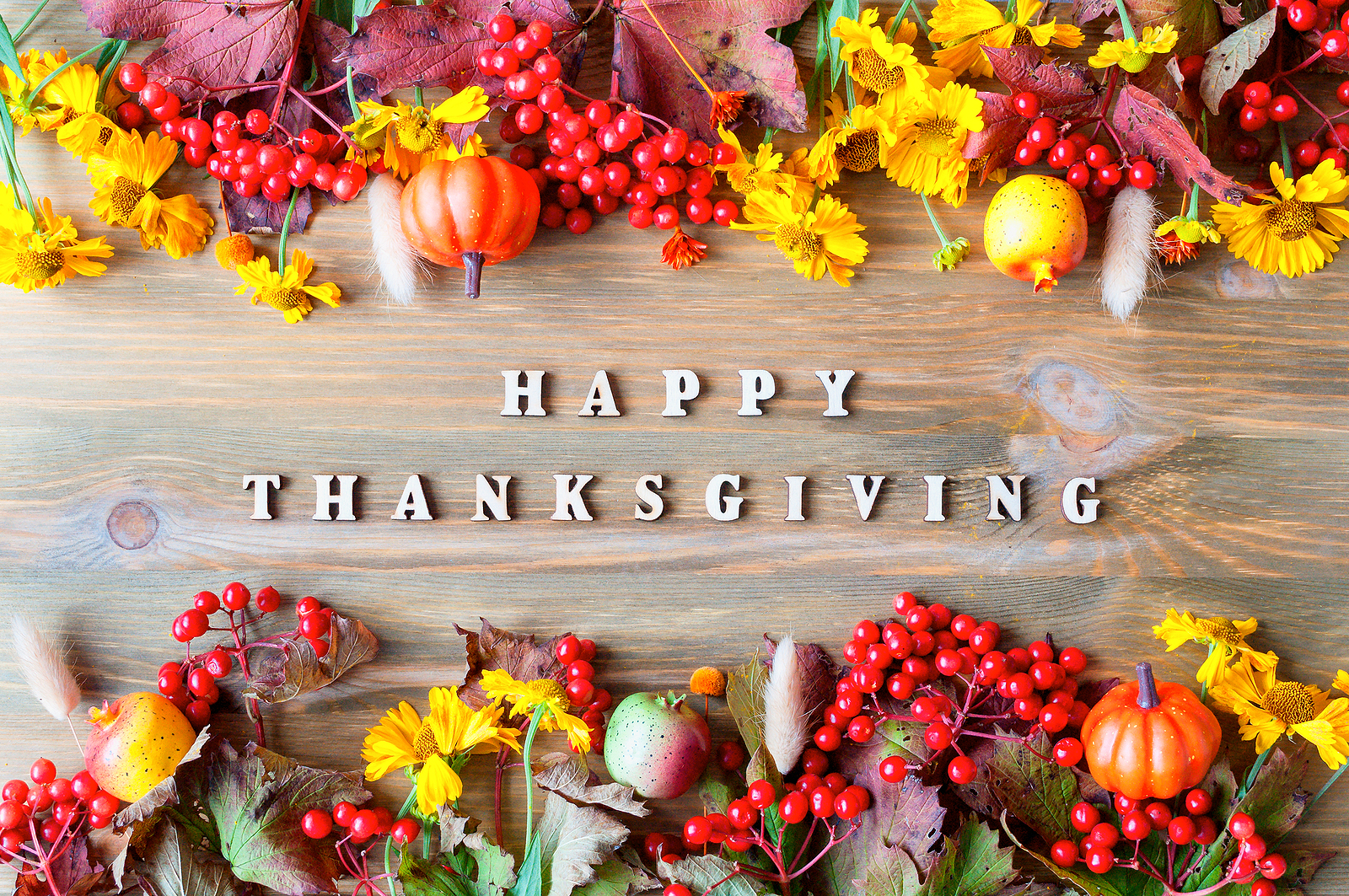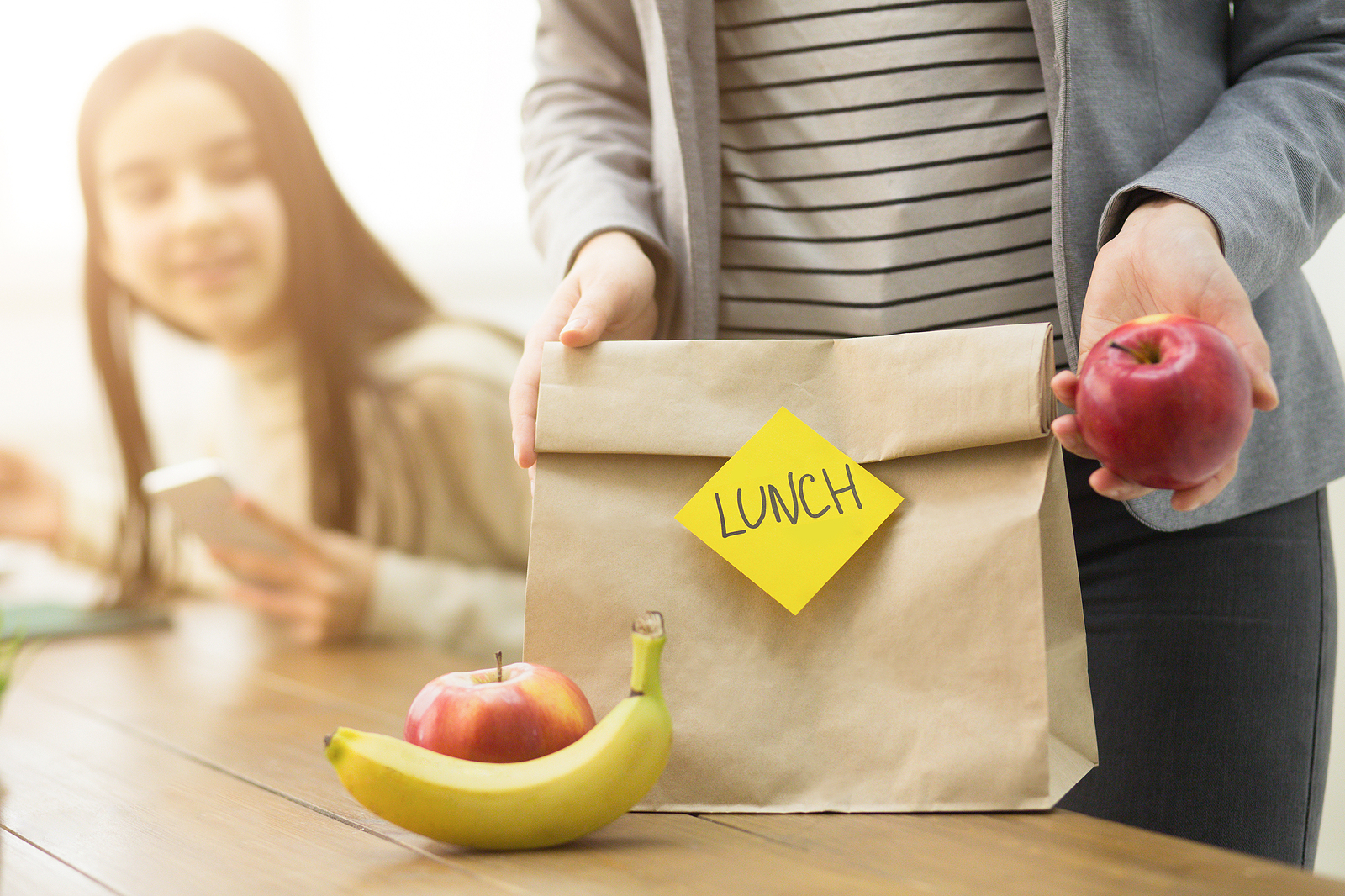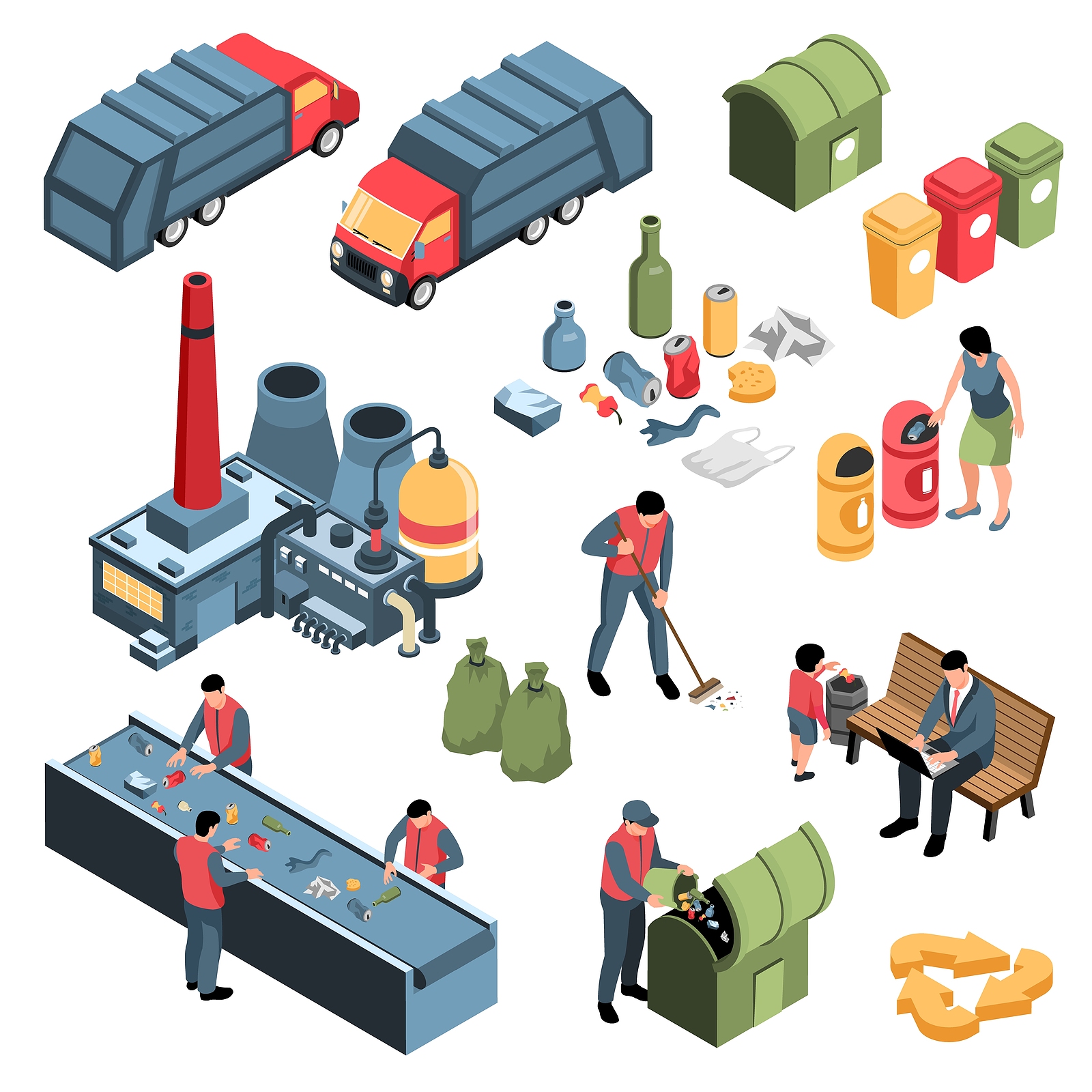PMG provides labor solutions to American manufacturers. That’s what we do in a nutshell and we take the “solution” part of that equation seriously. We ask a lot of questions to get the right answer. This blog is our monthly effort to provide some solutions to you for the questions we get asked the most.
Skilled traveling tradesmen of all kinds are in high demand everywhere.
Why would someone choose travel work if they’re good enough to get and/or keep a job at home?
We get that question a lot! Really there is no single answer to it either. Travel work is not uncommon in the trades and PMG is far from the only employer in America to offer it. But every tradesman and technician that travels has their own reasons for choosing, and often preferring, road work. Read on to discover which are the three most common. You can also watch our webinar Road Warrior to learn a little more about what it’s like to be a PMG traveling technician.
Money
Most of us choose our employment based primarily on financial reasons. Many traveling tradesmen are no different. The fact of the matter is that the same job doesn’t always pay the same. Depending on your trade, geographic location, industry, and employer base rates and salaries can fluctuate greatly in America for the “same” positions. If the goal is to earn more pay but your region or industry doesn’t allow that, traveling is an easy answer. Rather than waiting for wages to catch up in their area they go where the money is, earn it, and then bring it home.
Work
Every technician is different in what they are best at and like doing the most. Many PMG techs choose our projects simply because the work we offer is more interesting to them than what is available closer to home. For example, a machinist that likes aerospace work but lives in a region dominated by oil & gas companies can often find more of the work they prefer doing away from home.
Travel
The travel itself can also be a big draw for those in the trades. Most of us would say we like traveling. It’s hard to argue that going different places and seeing new things isn’t interesting. But most of us have to save while we work to travel so we can spend while we’re not working. Those working road projects get to flip that equation and get paid to explore different cities, states, and regions while they work.

If you’re looking for more insider info on travel work we’ve got you covered. Read one our Technician Spotlights from our blog page, like this one with machinist Brian B. If you have your own question for PMG we have an answer, and we’d love to share it. Send questions to writingteam@pmgservices.com and watch for the answer in future FAQs.









